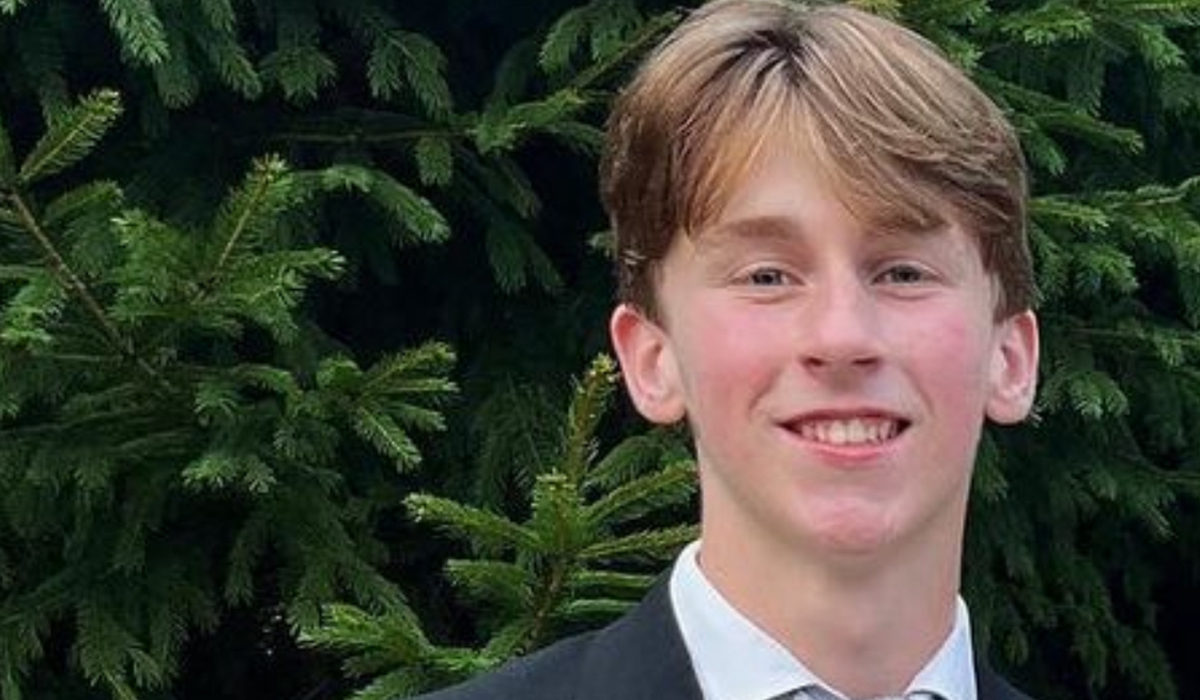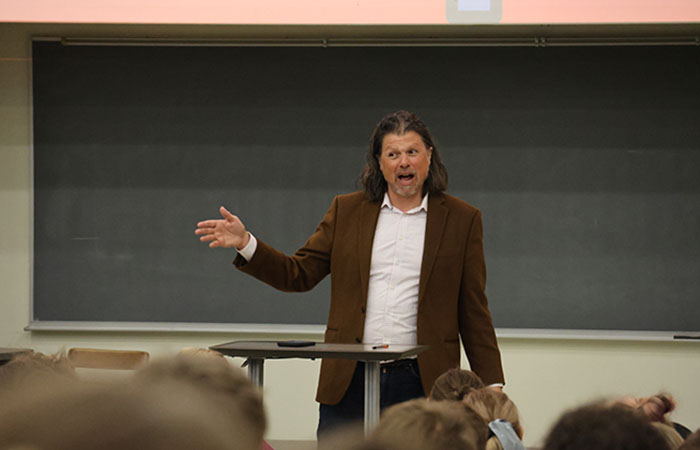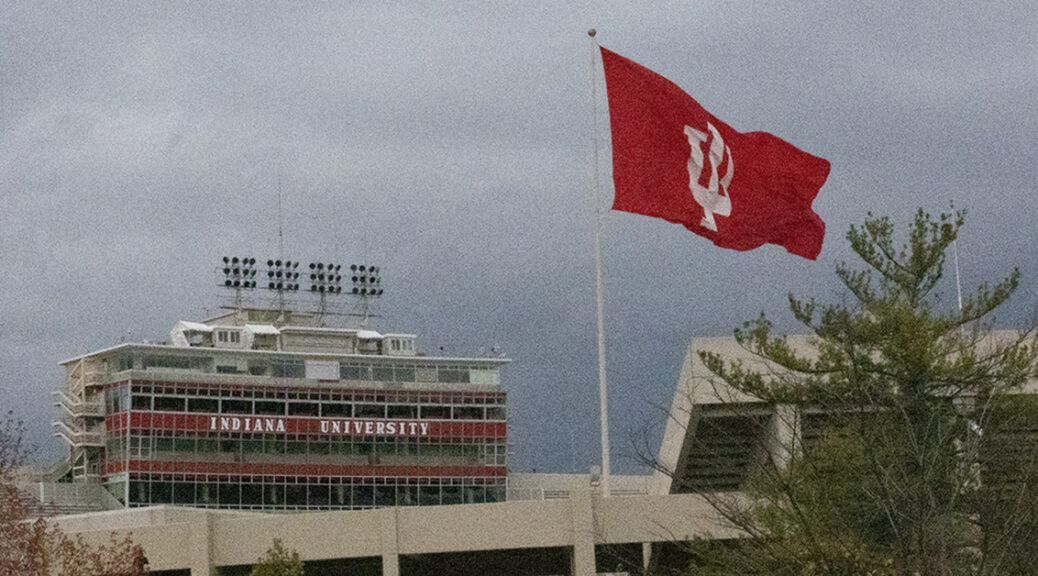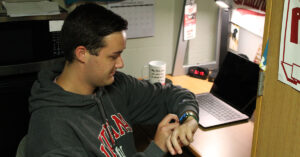Bloomington’s Big NIL Debate: Who Should Pay IU Athletes? Schools, Sponsors, or Both?
FOR IMMEDIATE RELEASE
Media Contacts
Abbie Dombrowski
Grace Genyk
Payton Bryant
The NCAA’s 2021 NIL decision allowed college athletes to earn from their name, image, and likeness, stirring college towns like Bloomington, Indiana, where IU Hoosier athletes and local businesses embraced the change. The policy offers overdue recognition for student-athletes, but it has sparked debate: Should compensation come directly from universities or remain with outside sponsors, or even both? While some argue that college-led compensation could ensure fairness across sports, others believe that sponsorships are ideal, allowing athletes to earn without straining university resources.
“Everyone in this room, as an adult, has the right to profit off of your name, what you look like, and how your likeness is utilized within any form of media,” Professor Galen Clavio says, in a student-attended Press Conference. “This is not a case of new rights being granted to college athletes; It is the removal of restrictions that were being imposed by collage athletic departments upon college athletes.”

We interviewed Liam Walsh and gave him the chance to talk about his feelings on the NIL as a current Indiana University student who feels deeply about college athletics. He stated that it wasn’t just the money that the athletes bring the schools, but doing the athletes justice for the work they put in. Liam states “they are entitled to compensation because they put their body on the line. To make the university money essentially, and although they get a lot of other amenities from their scholarship deals, I don’t think it’s enough.” Liam shows that he believes athletes deserve more than just the basic accommodations that come with being a student athlete because of how much they do for universities.
Many students have begun to transfer with no hesitation to get better publicity and NIL deals at their new schools. NIL deals at big schools compared to small schools are drastically different and Liam states his concerns about this and says “I think right now it’s in a state where people are just going wherever they want. You’ll see athletes go to like four or five top schools for NIL. We are going to start to see some smaller schools get the recognition their student athletes deserve because of how the students can stand out.” He expresses that many transfers are doing it for compensation, not considering the sport’s tradition. The talent of small schools will begin to become popular because they are there for the community. Liam also talks about how the publicity continues to rise with NIL because of the profit.

Next, we interviewed Sam Sullivan, current IU student and rugby player. As a collegiate athlete, Sam understands NIL since he has worked closely with it. When we asked him about the compensation that can come with being a student athlete, and if it would cause players to play for money and not passion, he said “I think compensation in any form would drive anyone–not just athletes to work harder. I also think because it’s so widely known now some athletes strive to work harder because they know they’ll receive compensation.” Sams beliefs show that athletes may pursue athletics for the cash prize. Students at big schools with opportunities to make a profit off their name, image, and likeness, will more than likely choose to do so– while students at smaller schools won’t have this option. Sam believes that this will cause a switch in the viewing of the sports because it will be visible that the players may not love the game.
We asked Sam if he believed that the compensation could cause a drift in the team relationship. He stated that, “In some cases, it can create divides within team moral and player relationships because one can be making more than the other from NIL and one could work harder than the other and it can go unnoticed.” Sams beliefs about the team dynamic changing when money becomes involved shows that the NIL might cause a strain on the team, and strain on the financials. The sense of tradition that comes with college sports could disappear if there is not comradery.

Professor Galen Clavio, Associate Dean for Undergraduate Education and Director of the National Sports Journalism Center at Indiana University, has been well versed in all topics NIL since the 2021 ruling. He explains how the NCAA had never seen marketable value to student-athletes and that it came from the schools they were playing for. However, when popular college athletes like Caitlin Clark and Bryce Young could start benefitting from sponsorships, they almost immediately reached national popularity, causing their schools to, in turn, try to capitalize off their athlete’s publicity instead.
He expands on the concept of “pay for play”, getting paid for simply being an athlete without any media or marketing ties, which has been debated during this entire process. “The idea originally was that you would earn money on your name, image and likeness but not off of the fact that you were an athlete,” Dr. Clavio explains. “If these settlements go through, the model will be replaced by one where athletes do have market value and compensatory value and can leverage those rights and opportunities as they choose where they are going to school, and especially, where they stay going to school.”
###






